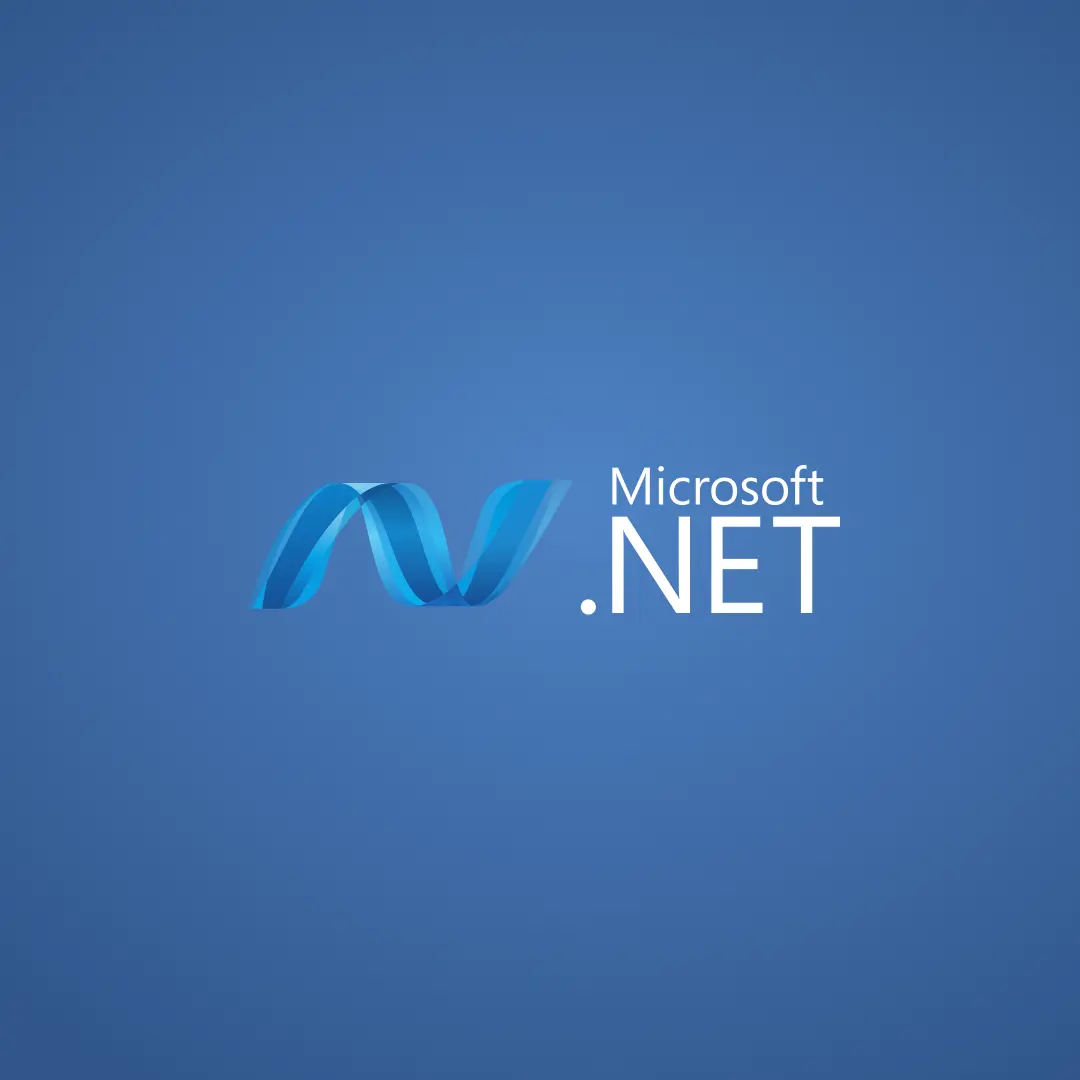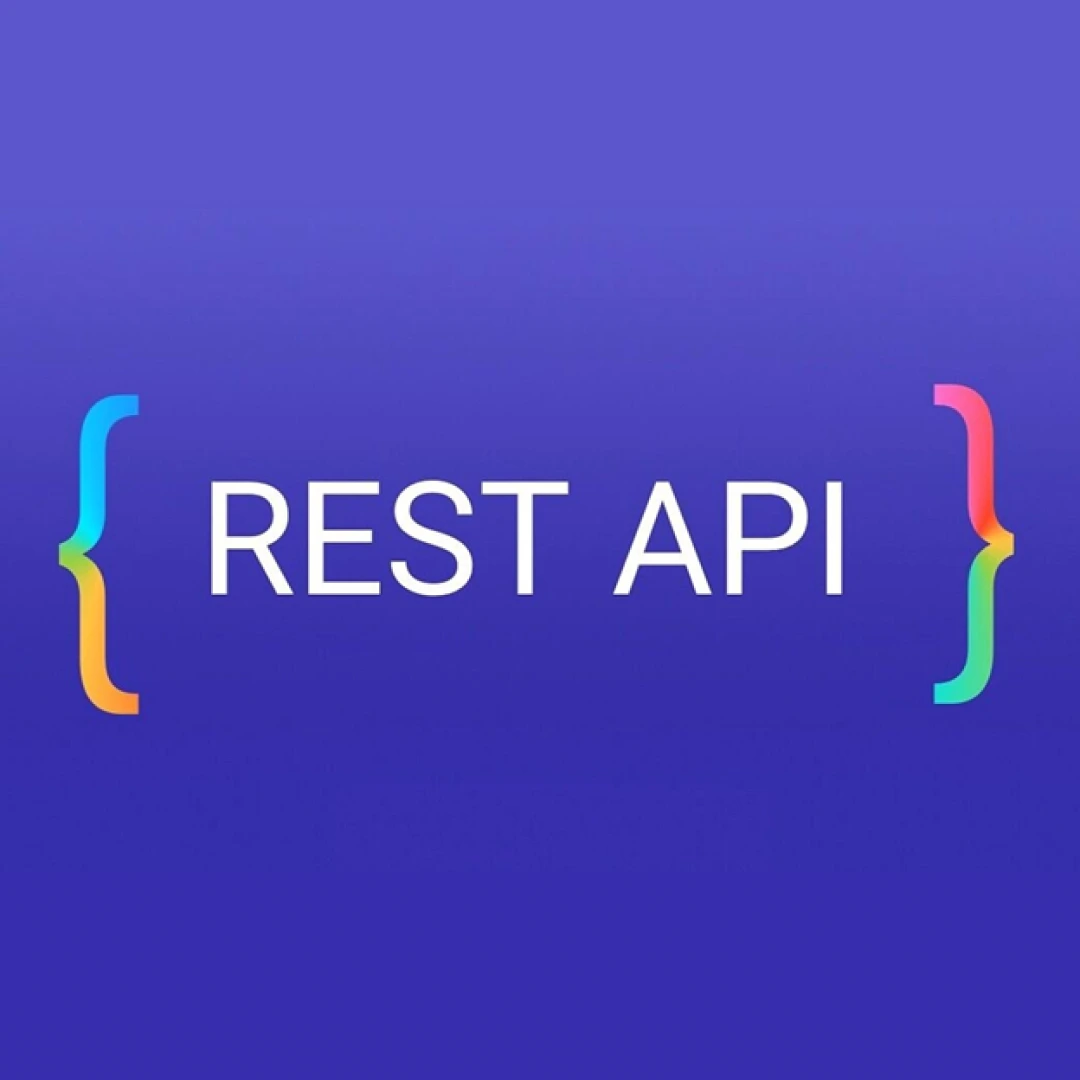

Table of Contents
- Understanding Microservices
- Key Benefits of Microservices
- Challenges of Implementing Microservices
- Deploying .NET Microservices
- Conclusion
- FAQs

Understanding Microservices
- What are Microservices?
Microservices are an architectural style that structures an application as a collection of loosely coupled, independently deployable services. Each service focuses on a specific business capability and can be developed, deployed, and scaled independently. This is a stark contrast to traditional monolithic architectures, where all components are tightly integrated and deployed as a single unit.
Key Benefits of Microservices
- Scalability:
- Flexibility:
- Fault Isolation:
- Faster Time-to-Market:
Microservices allow you to scale individual components rather than the entire application, optimizing resource usage.
Different services can be developed using different technologies, best suited for their specific needs.
Issues in one service don't necessarily bring down the entire system, enhancing reliability.
Teams can work on different services simultaneously, speeding up development and deployment cycles.
Challenges of Implementing Microservices
- Complexity:
- Data Management:
- Inter-Service Communication
Managing multiple services, each with its own lifecycle, can be challenging.
Handling data consistency across services requires careful planning.
Ensuring reliable communication between services can be difficult, especially in distributed systems.
.NET and Microservices: A Perfect Match
- Overview of .NET Framework
- How .NET Supports Microservices
.NET is a free, cross-platform, open-source developer platform that supports building various types of applications, including web, mobile, desktop, and microservices. It provides a consistent programming model, comprehensive APIs, and a robust runtime environment.
NET Core, now known as .NET, is lightweight, modular, and optimized for cloud-native development, making it an ideal choice for microservices. It supports RESTful APIs, gRPC, and asynchronous messaging, all crucial for building microservices. Additionally, .NET provides excellent support for containerization, an essential aspect of microservices architecture.
Advantages of Using .NET for Microservices
- Cross-Platform Development:
- High Performance:
- Rich Ecosystem:
- Community Support:
.NET allows developers to build and deploy microservices across various platforms, including Windows, Linux, and macOS.
.NET’s runtime is highly optimized, providing fast startup times and low memory consumption.
With a vast library of pre-built components, tools, and frameworks, .NET accelerates development and reduces boilerplate code.
A large and active community ensures continuous updates, support, and a wealth of resources for developers.
Core Concepts of .NET Microservices Architecture
- Service Composition
- Decentralized Data Management
- Continuous Integration and Continuous Deployment (CI/CD)
- Scalability and Resilience
In a microservices architecture, each service is a building block of the overall system. These services collaborate to fulfill the application's requirements. Service composition involves combining these independent services to create a cohesive application.
Each microservice typically manages its own database, adhering to the principle of decentralized data management. This ensures that services are loosely coupled and can evolve independently without causing data conflicts.
CI/CD pipelines are essential in microservices architecture. They automate the process of testing, building, and deploying services, ensuring that changes are consistently and reliably delivered to production.
Microservices architecture emphasizes scalability and resilience. By scaling services independently and employing redundancy, the system can handle increased load and recover from failures swiftly.

Designing a .NET Microservices Architecture
- Identifying and Defining Services
- Communication Between Services
- Data Management Strategies
- Handling Cross-Cutting Concerns (Security, Logging, etc.)
The first step in designing a microservices architecture is identifying the services that make up the application. Each service should be responsible for a specific business capability, such as user authentication, payment processing, or order management.
Services in a microservices architecture need to communicate with each other. This can be done synchronously using RESTful APIs or gRPC, or asynchronously using message queues or event-driven architectures. Choosing the right communication strategy is crucial for ensuring performance and reliability.
Managing data in a microservices architecture requires careful consideration. Common strategies include the database per service pattern, where each service has its own database, and event sourcing, which involves capturing and storing events as they occur, allowing for more flexible data retrieval.
Cross-cutting concerns like security, logging, and monitoring must be handled consistently across all services. Implementing these concerns at the service level ensures that each microservice is secure and observable.
Building Microservices with .NET Core
- Setting Up a .NET Core Project
- Implementing RESTful Services
- Using gRPC for Communication
- Managing Dependencies and Libraries
Building microservices with .NET Core starts with setting up a project structure that allows for modularity and scalability. This includes organizing code into separate services, each with its own project.
RESTful APIs are a common way for services to communicate in a microservices architecture. .NET Core makes it easy to create RESTful services using its built-in tools and libraries.
gRPC is a high-performance, open-source framework for remote procedure calls (RPC). It’s particularly useful for inter-service communication in microservices architectures due to its efficiency and low latency.
Dependency management is crucial in microservices architecture. .NET Core provides tools like NuGet for managing libraries and dependencies across services, ensuring consistency and reducing conflicts.
Data Management in .NET Microservices
- Database Per Service Pattern
- Event Sourcing
- CQRS (Command Query Responsibility Segregation)
- Using NoSQL Databases
In a microservices architecture, each service typically has its own database, which allows it to operate independently of other services. This pattern helps avoid the tight coupling that can occur when multiple services share a single database.
Event sourcing is a pattern where state changes are captured as events and stored in an event store. This approach allows for greater flexibility in how data is retrieved and ensures that the history of changes is preserved.
CQRS is a pattern that separates the operations that read data from those that update data. This separation can improve performance and scalability, especially in complex systems with high read and write demands.
NoSQL databases, such as MongoDB and Cassandra, are often used in microservices architectures due to their scalability and flexibility. They allow for storing unstructured data and can handle large volumes of data with ease.

Service Communication in .NET Microservices
- Synchronous Communication (REST, gRPC)
- Asynchronous Communication (Message Queues, Event-Driven Architecture)
- Handling Communication Failures
Synchronous communication involves services directly calling each other and waiting for a response. REST and gRPC are popular choices for synchronous communication in .NET microservices.
Asynchronous communication allows services to interact without waiting for a response, improving resilience and scalability. Message queues and event-driven architectures are commonly used for asynchronous communication.
Communication failures are inevitable in distributed systems. Implementing retry policies, circuit breakers, and timeouts can help manage these failures and ensure system reliability.
Testing .NET Microservices
- Unit Testing
- Integration Testing
- End-to-End Testing
- Performance Testing
Unit testing involves testing individual components of a service to ensure they work as expected. In microservices, unit tests are essential for maintaining the reliability of each service.
Integration testing ensures that services can work together as expected. This type of testing is crucial in microservices architectures, where services are often developed and deployed independently.
End-to-end testing involves testing the entire system to ensure that it behaves correctly under various scenarios. This type of testing is essential for verifying that all services work together as intended.
Performance testing assesses the system's ability to handle the expected load and identifies bottlenecks. In microservices architectures, performance testing is crucial for ensuring that each service can scale and perform efficiently.
Securing .NET Microservices
- Authentication and Authorization
- API Gateway Security
- Data Encryption
- Security Best Practices
Authentication and authorization are critical in microservices architectures. Each service must be able to authenticate and authorize requests to ensure that only legitimate users and services can access it.
An API gateway is often used to manage traffic between clients and microservices. Securing the API gateway is crucial to protect the services behind it from unauthorized access and attacks.
Data encryption ensures that sensitive information is protected as it travels between services and is stored in databases. .NET provides tools and libraries for implementing encryption in microservices architectures.
Adhering to security best practices, such as regular updates, vulnerability scanning, and secure coding practices, is essential for maintaining the security of a microservices architecture.
Monitoring and Logging in .NET Microservices
- Implementing Logging Strategies
- Monitoring Tools and Techniques
- Distributed Tracing
Logging is essential for diagnosing issues and monitoring the health of microservices. .NET provides tools for implementing logging strategies that can capture detailed information about each service's behavior.
Monitoring tools like Prometheus, Grafana, and Application Insights provide real-time insights into the performance and health of microservices. These tools can help identify issues before they impact users.
Distributed tracing allows developers to trace requests as they flow through multiple services, providing a comprehensive view of the system's behavior. This is especially useful in complex microservices architectures.
Scaling .NET Microservices
- Horizontal vs. Vertical Scaling
- Load Balancing Strategies
- Auto-Scaling in the Cloud
Scaling microservices can be done horizontally by adding more instances of a service or vertically by adding more resources to an existing instance. Both approaches have their pros and cons, depending on the specific needs of the application.
Load balancing distributes traffic across multiple service instances, ensuring that no single instance is overwhelmed. .NET supports various load balancing strategies, such as round-robin and least connections.
Auto-scaling automatically adjusts the number of service instances based on demand. Cloud platforms like Azure, AWS, and GCP provide tools for implementing auto-scaling in .NET microservices architectures.

Deploying .NET Microservices
- Containerization with Docker
- Orchestration with Kubernetes
- Deploying on Cloud Platforms (Azure, AWS, GCP)
Docker is a popular tool for containerizing microservices, allowing them to be deployed consistently across different environments. .NET has excellent support for Docker, making it easy to containerize and deploy services.
Kubernetes is a powerful tool for managing containerized applications at scale. It provides features like automatic scaling, load balancing, and rolling updates, making it an ideal choice for deploying .NET microservices.
Cloud platforms provide a range of services and tools for deploying and managing microservices. .NET integrates well with platforms like Azure, AWS, and GCP, making it easy to deploy microservices in the cloud.
Conclusion
.NET microservices architecture offers a powerful and flexible way to build modern, scalable, and maintainable applications. By understanding and applying the principles and best practices discussed in this article, developers can leverage .NET to create robust microservices architectures that meet the demands of today’s dynamic software environment. As the technology landscape continues to evolve, microservices will undoubtedly play a critical role in shaping the future of software development.
FAQs
- What is the main advantage of using .NET for microservices?
- How does .NET handle scalability in microservices architecture?
- What are the best practices for securing .NET microservices?
- How can I monitor the health of my .NET microservices?
- What tools are available for testing .NET microservices?
The main advantage of using .NET for microservices is its cross-platform support, high performance, and rich ecosystem of tools and libraries that simplify development and deployment.
.NET handles scalability through features like containerization, orchestration with Kubernetes, and support for cloud-based auto-scaling, allowing services to scale horizontally and vertically.
Best practices for securing .NET microservices include implementing strong authentication and authorization, securing the API gateway, encrypting data, and following secure coding practices.
Monitoring the health of .NET microservices can be done using tools like Prometheus, Grafana, and Application Insights, along with implementing robust logging and distributed tracing strategies.
Tools for testing .NET microservices include xUnit for unit testing, Postman for API testing, Selenium for end-to-end testing, and JMeter for performance testing.






